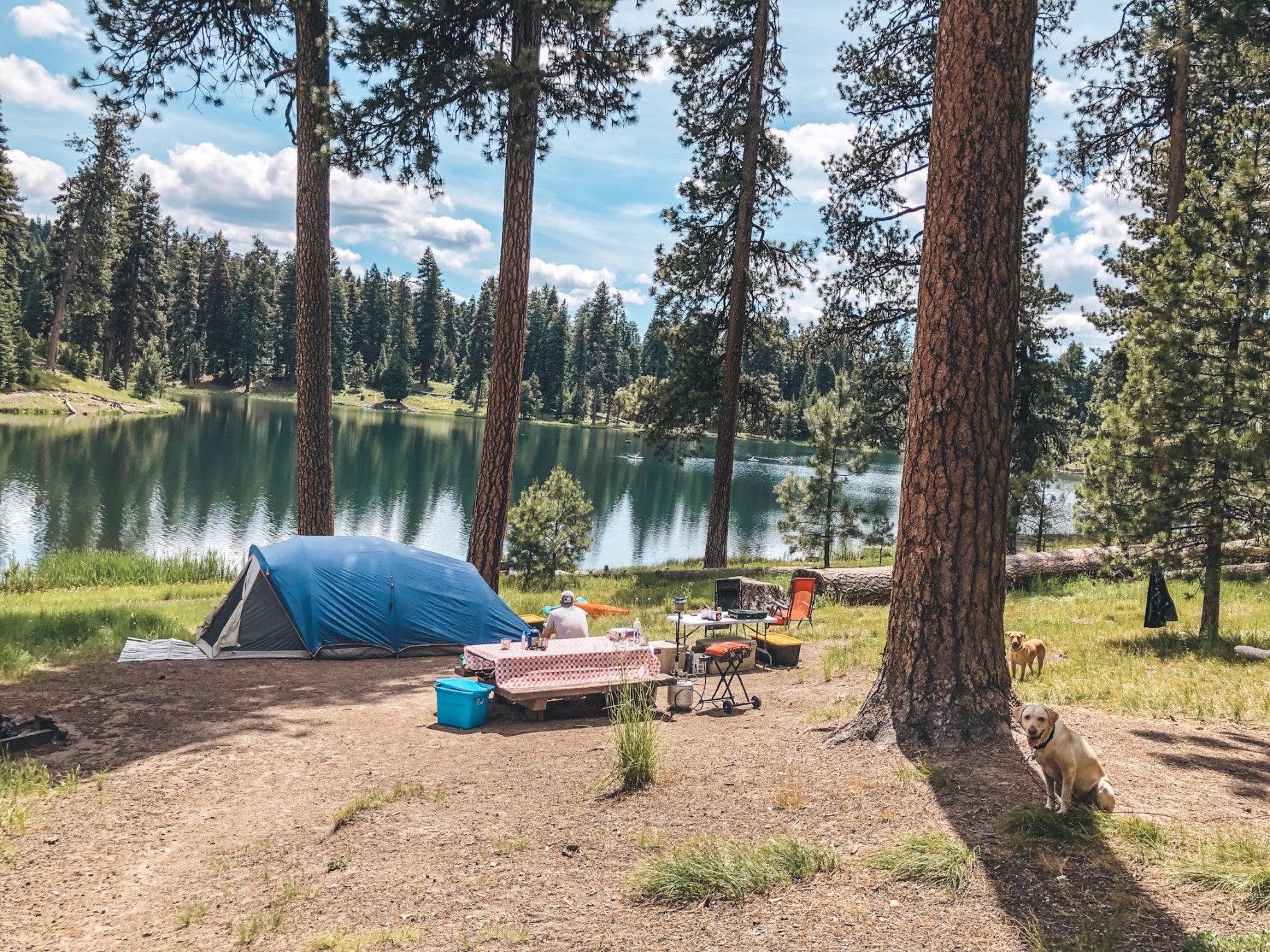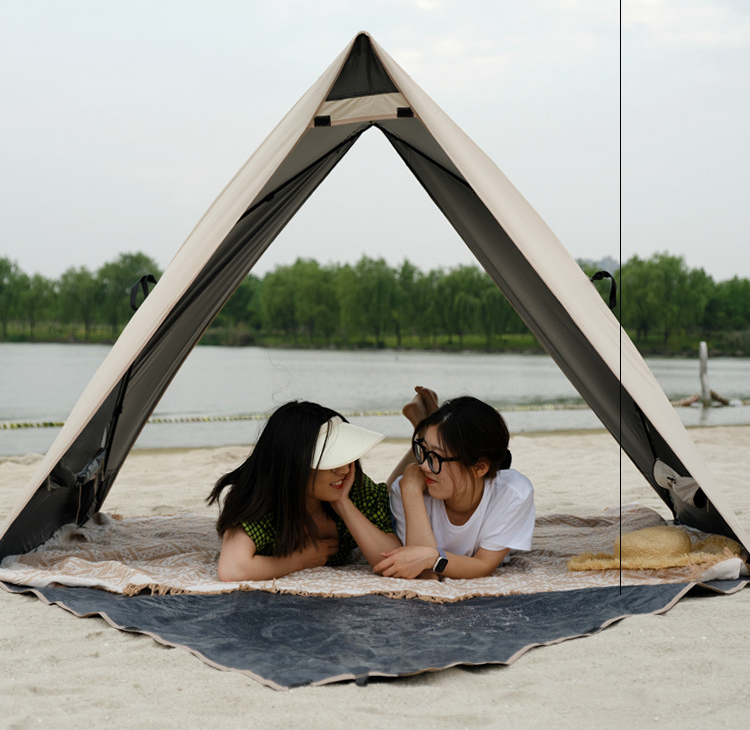Camping is a time-honored way to reconnect with nature, and summer presents the perfect season to head outdoors. With longer daylight hours, warm weather, and generally favorable conditions, summer camping offers a refreshing escape. However, to make the most of the experience, selecting the right tent is crucial. The ideal summer tent must balance breathability, weather resistance, portability, and ease of use. This guide explores the key considerations for choosing a tent suitable for summer adventures, especially for families, vehicle-based trips, and those seeking a touch of comfort in nature.
Understanding Summer Conditions and Tent Requirements
The primary environmental conditions of summer—heat, humidity, and sudden weather shifts—demand specialized tent features. Unlike colder seasons, where insulation is key, summer tents must prioritize ventilation, UV resistance, and fast setup. Even a minor misjudgment, like choosing a tent with poor airflow, can quickly turn a camping trip into a sweaty, restless experience.
Summer also comes with occasional rain showers and gusty winds, especially in mountainous or coastal areas. Therefore, a summer tent needs to offer decent water resistance and structural stability without sacrificing breathability. A well-balanced tent allows campers to enjoy nature without being overwhelmed by it.

Key Features of a Good Summer Tent
1. Ventilation and Airflow
Heat buildup inside a tent can be unbearable in summer. Proper ventilation is the most critical feature for a warm-weather shelter. Look for tents with:
- Multiple mesh windows and doors
- Large ventilation panels or skylights
- Mesh inner tents that allow maximum airflow
- Dual-door designs to facilitate cross-breeze
Tents with full mesh canopies offer excellent airflow, though they may require an additional rainfly for weather protection. A rainfly with adjustable flaps can help regulate air circulation while shielding against light rain.
2. Sun and UV Protection
Exposure to intense sunlight can degrade tent materials and heat up the interior quickly. Therefore, tents designed for summer should feature:
- UV-resistant fabrics
- Reflective coatings or light-colored exteriors to deflect heat
- Optional sunshade extensions to create cool shaded areas outside the tent
Some advanced materials block harmful UV rays while keeping the tent cooler inside, making them ideal for midday use.
3. Quick Setup and Portability
In warm weather, especially when traveling with family or children, convenience matters. Summer campers often move between sites or combine camping with hiking, beach visits, or festivals. Therefore, a tent that is:
- Lightweight
- Easy to pack and transport
- Quick to set up and take down
it will save time and effort. Tents with inflatable or pre-attached pole systems are particularly user-friendly and are gaining popularity in recent years.
4. Spaciousness and Comfort
Summer camping is often a social activity. Whether you're out with friends or on a family outing, space makes a difference. Consider:
-
Tents with separate sleeping and living zones
-
Extended vestibules for gear storage or shaded relaxation
-
High ceilings or cabin-style designs for better mobility
Having enough space enhances comfort and minimizes frustration, especially when confined during a sudden summer storm.
Types of Summer Camping Tents
1. Traditional Pole Tents
These are the classic option for most campers. They’re generally lightweight, compact, and come in a range of styles. While they take a little more time to pitch, modern versions offer improved airflow and UV resistance.
2. Beach Tent or Instant Tents
Ideal for short trips or spontaneous outings, pop-up tents can be set up within seconds. However, they may lack advanced weather resistance or long-term durability.
3. Inflatable Tents
Using air beams instead of poles, these tents are extremely easy to set up and often offer excellent space and stability. They are particularly suitable for family campers and vehicle-based camping where space and weight are less of a concern.
4. Tarp Tents and Sun Shelters
For minimalist campers or those combining beach trips with camping, tarp-style shelters offer open-air ventilation and lightweight coverage. They’re best for dry, stable weather but can be combined with mosquito nets for protection.

Suitability by Camping Scenario
Family Camping
For families, comfort and functionality are top priorities. Choose a tent with:
-
Roomy interiors and clear zoning for sleeping and playing
-
Ample ventilation to keep kids cool
-
Fast setup mechanisms to avoid long waits in the heat
A large canopy area or side awning can also provide a sheltered space for meals or play.
Vehicle-Based Camping
Campers who travel by car or van often prefer tents with:
These tents don't need to be ultralight but should be compact enough to fit into a trunk or storage bin.
Light Glamping
If you’re looking for a balance between comfort and nature, glamping tents are a great option. Choose models that offer:
-
Taller frames with open interiors
-
Space for furniture or bedding
-
Durable materials that can withstand prolonged sun exposure
Although heavier, these tents provide a cozy, home-like environment perfect for a weekend retreat.
Common Mistakes to Avoid in Summer Tent Selection
-
Ignoring Ventilation – Choosing a well-insulated or poorly vented tent can trap heat and cause sleepless nights.
-
Underestimating Weather Risks – While summer is generally mild, localized storms or wind gusts still demand a tent with reliable structure and waterproofing.
-
Choosing Based on Looks Alone – Some tents may appear spacious or attractive but fall short in terms of airflow or material quality.
-
Going Too Minimalist – Ultralight tents are great for hiking, but they may sacrifice comfort and weather resistance, which are crucial for family or car camping.
Maintenance and Storage Tips
A good tent lasts longer with proper care, especially after summer use, where exposure to sunlight, dust, and moisture is common.
-
Always air out the tent after use to prevent mold.
-
Clean off dust, sand, or salt before storage.
-
Store in a cool, dry place out of direct sunlight.
-
Check for wear and tear, especially at zippers and seams.
Investing time in care not only prolongs tent life but also ensures safety and comfort on your next trip.
Final Thoughts
Choosing the right tent for summer camping is more than a matter of preference—it's about aligning your choice with the season’s demands and your camping style. Whether you're a solo traveler seeking simplicity, a family needing space, or someone chasing comfort in the wild, the ideal summer tent is out there. Pay attention to airflow, ease of setup, protection from sun and rain, and most importantly, the kind of experience you want to create outdoors.
Camping in summer should be refreshing, not exhausting. With the right shelter, your nights will be breezy, your mornings bright, and your memories full of the joy only nature can provide.